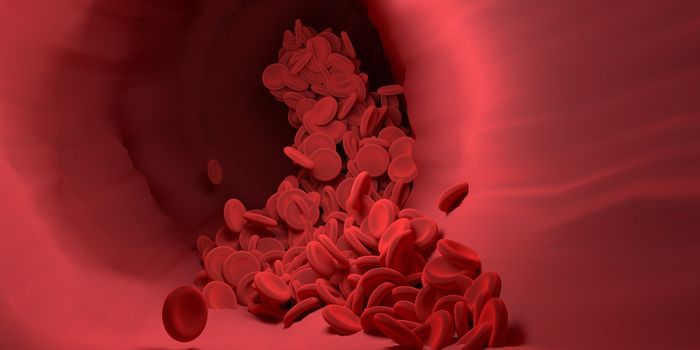Computer Models Help Find Antibiotics to Fight Drug-Resistant Pathogens
Antibiotics were a revolutionary tool in the fight against bacterial infections. In recent years, however, the emergence of antibiotic-resistant bacterial strains has become a growing problem. The CDC estimates that nearly three million antibiotic resistant infections occur every year. A major contributing factor to antibiotic resistance has been the overuse of antibiotics. The use (and misuse) of antibiotics has led to the development of antibiotic-resistant pathogens capable of fighting off antibiotics, leaving people with few tools to fight life-threatening infections.
Researchers at Rockefeller University are looking for previously unexplored bacterial candidates to develop new antibiotics. Using computer modeling tools, researchers may have found an antibiotic capable of fighting antibiotic resistant pathogens, a promising step in the fight against antibiotic resistant bacterial strains.
As described in a recent paper published in Science, researchers looked at the unique mechanisms bacteria have developed over millions of years to fight each other (which is part of the reason bacteria are the foundation of most, if not all, antibiotics). Because many potential bacterial candidates for new antibiotics can’t be grown in a laboratory setting, researchers are looking at bacterial genes for more answers about potential antibiotic candidates. Specifically, researchers are looking at certain genetic sequences contained within “biosynthetic gene clusters,” where many antibiotics are pulled from.
However, sequencing bacterial genes is challenging. To overcome some of these challenges, researchers are turning to algorithms and machine learning to help predict the kinds of antibiotic compounds produced by a particular set of genetic instructions. Researchers can then use this information in a lab to produce the potential compound and study how it works.
Obviously, these are predictions, and there is no guarantee that what is produced through these predictions is exactly what would be produced in a real setting. But the research team says that as long as it’s close enough, that may be enough.
Researchers located what’s called the “cil” gene cluster in their search for new antibiotic candidates. When they used this information about the gene cluster sequence in the algorithm, one result stood out to them: this gene cluster produced an antibiotic compound called cilagicin. The bacteria was shown to destroy Gram-positive bacteria.
Sources: Science Daily; CDC; Science








